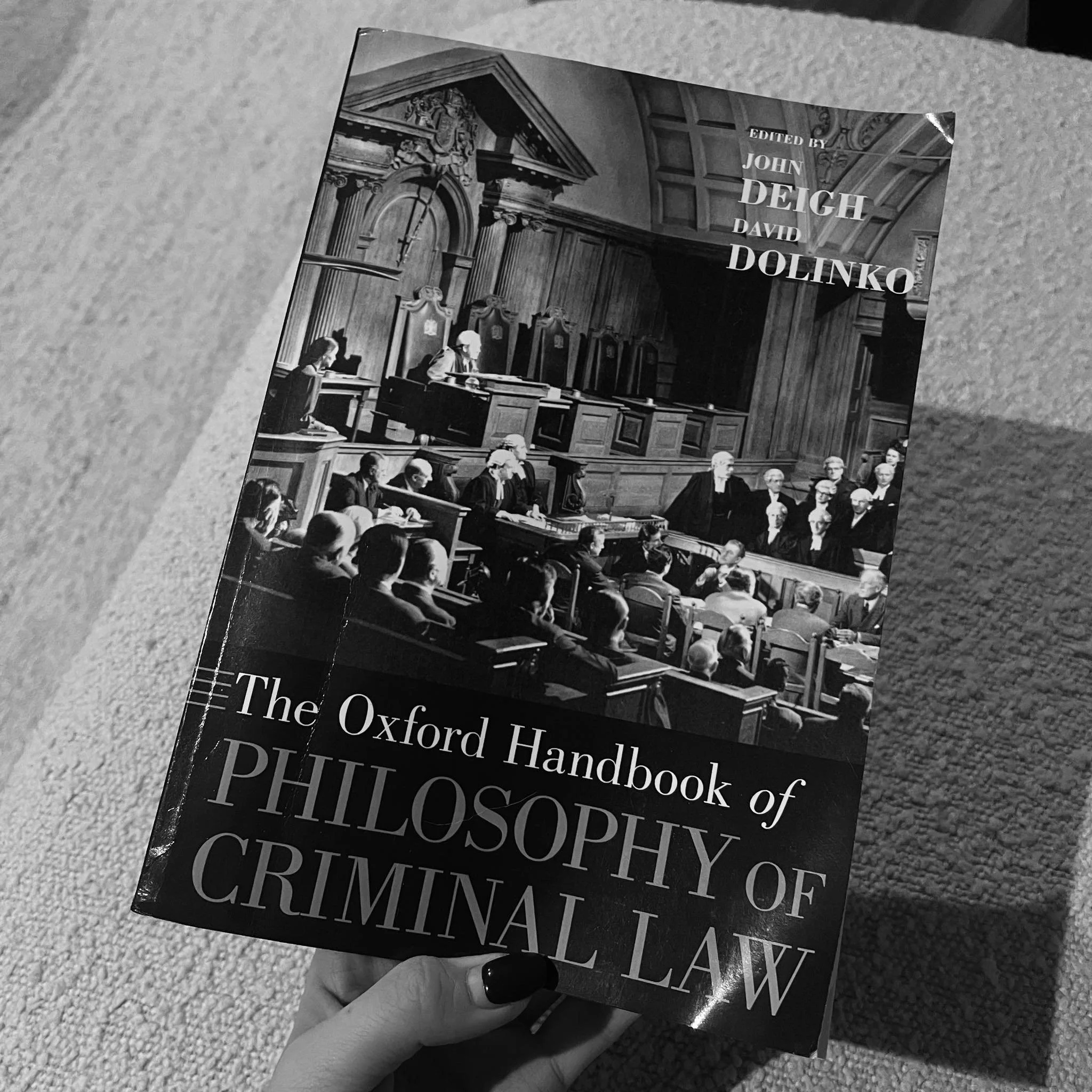Blockchain Basics by Daniel Drescher
The cryptocurrency boom ended in frauds and fines. The revolution in digital asset is grinding on nonetheless. Banks and institutional money managers have long been intrigued by the scope for efficiency gains from using the technology underlying crypto — the shared immutable digital ledger, or blockchain.
Blockchain. The term has frequented my perusal of news articles, creating the illusion of familiarity, although the precise extent of my comprehension remains elusive.
A while ago, another article regarding blockchain has graced my attention. The article stated that Wall Street is quietly becoming the vanguard of innovation in crypto-based technologies. Established investment banks and asset managers including JPMorgan Chase, UBS and BlackRock are trying to take the technology underlying crypto and apply it to trading tried and tested, highly regulated assets, such as stocks and bonds.
How can blockchain ledgers be used for bond trading? The idea capturing the imagination of Wall Street executives is tokenisation. This involves turning a legal asset, such as a US Treasury bond, into a digital token that sits on a blockchain ledger, which is shared between many parties. The token represents legal ownership. Coded into it is other crucial information, such as the previous owners and data on its transactions, trading and regulation. All of this information is immutable and cannot be edited by a single party. To ensure that, the ledger is shared publicly or between a select group of parties.
The public are increasingly convinced about blockchain’s disruptive potential. The big prize for financiers is the tokenisation of financial securities and funds. At the core of the idea is standardisation. Time and money can be saved by stripping out financial intermediaries who all work on different versions of the same data in their own silos. Tokenisation could also make a big difference to markets such as private debt and structured finance. Information on cash flows and payment obligations could be coded to public tokens, potentially increasing liquidity and opening up access to many more investors. In this way, tokenisation would blur the line that separates private and public assets. That means it is potentially more than an efficiency tool for traditional asset managers. Yet, those could just be the low-hanging fruit of blockchain technology.
Blockchain. I sorta kinda know what that is.
The sad reality is when one uses descriptions as such, one sorta kinda doesn’t know.
Which is why I picked up this book.
In the book Blockchain Basics, the author Daniel Drescher orchestrates a narrative, skillfully tailored for those seeking a journey into the realms of blockchain without the encumbrance of technical obfuscation. Through a curated procession of 25 steps, Drescher unfolds the layers of this transformative technology, rendering it accessible to readers across the spectrum. The paramount virtue of this book lies in its unwavering commitment to simplicity, circumventing the entanglement of technical lexicon that often hinder understanding. Drescher introduces readers to key concepts with finesse, gradually weaving a tapestry of comprehension around the foundational tenets of blockchain.
Encompassing a pantheon of subjects, from the historical genesis of blockchain to its cardinal principles and pragmatic applications, Drescher leaves no intellectual stone unturned. The exploration of decentralized architectures, consensus mechanisms, and the expansive ramifications of blockchain on diverse industries not only informs but elevates the reader's intellectual voyage.
Metaphors are heavily employed in this book with remarkable clarity.
To illustrate the decentralized nature of blockchain, Drescher likens it to a public library system, where each participant serves as a custodian of information. In this metaphorical library, no single entity has exclusive control, mirronring the decentralized architecture of blockchain. Readers can envision the network as an expansive collection of books, with each transaction akin to new addition to the library’s catalog.
To elucidate the concept of consensus mechanism, Drescher likens it to a dinner party where guests collectively decide the menu. In this blockchain banquet, each gues represents a node in the network, and the agreement on the menu mirrors the consensus achieved for validating transactions.
To depict the idea of smart contract, the author likens it to a self-executing vending machine. The vending machine automatically dispenses a product once the conditions are met (payment and selection), mirroring the automated self-excuting nature of smart contracts on a blockchain.
To convey the immutability feature of blockchain, the blockchain ledger is likened to an ancient stone tablet inscription. The act of adding a new block to the chain is akin to etching information onto a stone. Once engraved, the information becomes indelible and resistant to alteration, much like the permanence andintegrity inherent in blockchain’s design.
To describe the security aspect of blockchain’s consensus mechanism. The process is likened to a medieval castle with multiple layers of defense. Each layer represents a step in the consensus protocol, acting as a safeguard against potential threats. The castle metaphor vividly illustrates the robustness and resilience of the technology against malicious attacks.
The interesting metaphors go on, but I should stop here.
I must note that while the book achieves its objective of delivering a non-technical initiation, connoisseurs with a more advanced understanding of blockchain may discern certain sections as excessively simplistic. However, it is imperative to acknowledge that this is a deliberate choice by the author serves to accommodate a diverse readership.
To summarize, Blockchain Basics stands as an opulent tapestry for those yearning to unravel the enigma of blockchain without succumbing to technical labyrinth.



